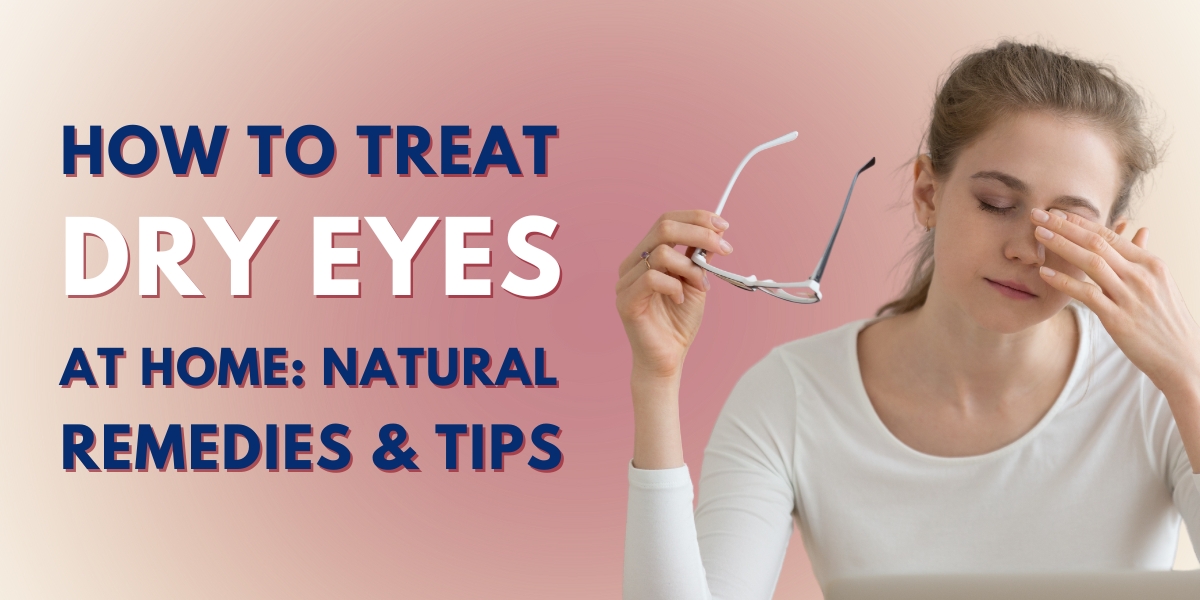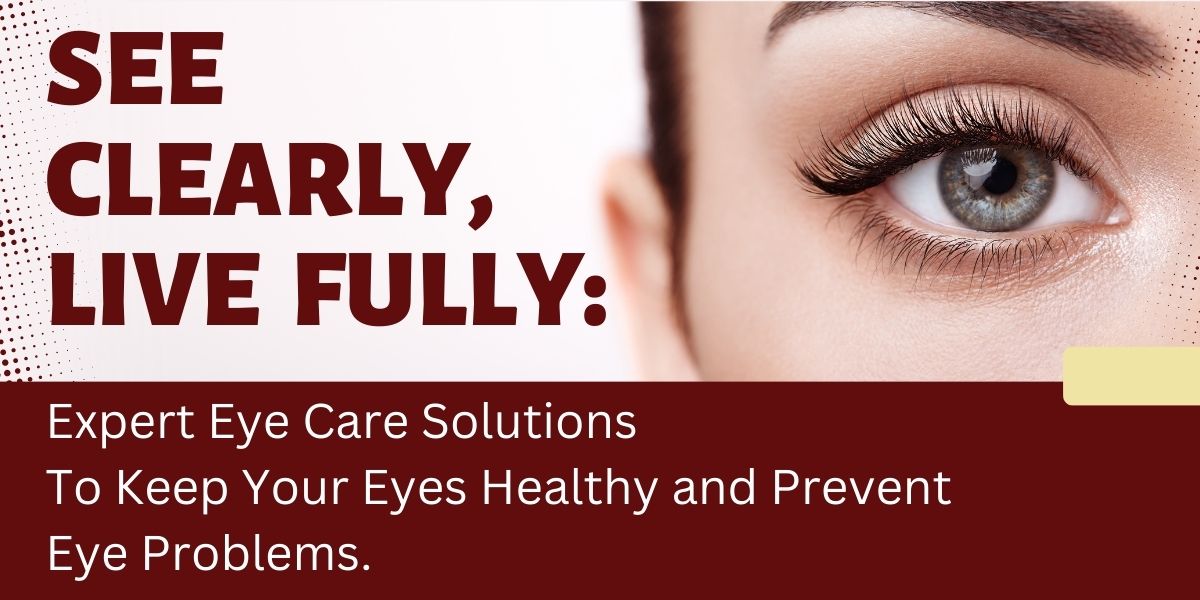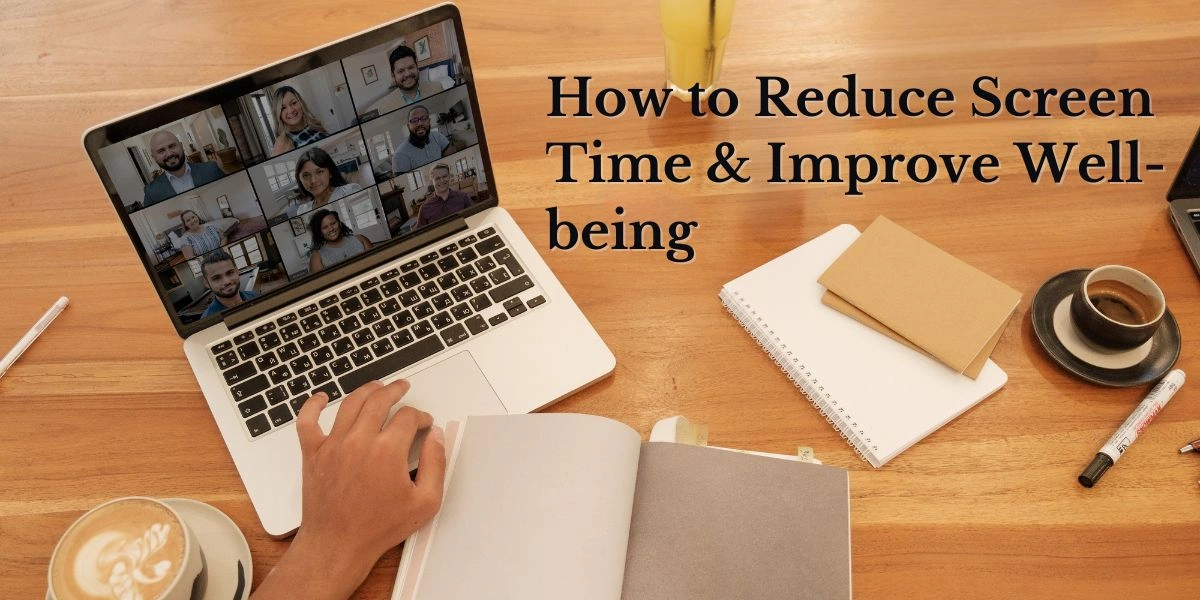Do your eyes often feel dry, irritated, or tired? With increasing screen time, environmental pollution, and lifestyle factors, dry eyes have become a common issue. While artificial tears and medical treatments are available, many people prefer natural ways to relieve discomfort. If you’re wondering how to treat dry eyes at home, this guide covers the best remedies, lifestyle changes, and preventive tips.
What Causes Dry Eyes?
Before diving into solutions, let’s understand what leads to dry eyes:
- Excessive screen time – Reduced blinking while staring at screens causes eye strain and dryness.
- Environmental factors – Air conditioning, wind, and smoke can dry out the eyes.
- Aging – Tear production decreases with age, leading to dryness.
- Dehydration – Not drinking enough water can affect tear production.
- Medications – Some antihistamines, antidepressants, and decongestants can cause dry eyes.
- Nutritional deficiencies – A lack of essential fatty acids and vitamin A can contribute to dry eyes.
How to Treat Dry Eyes at Home
If you’re experiencing mild to moderate dry eye symptoms, try these effective home remedies:
1. Use Warm Compresses
A warm compress helps unclog oil glands in your eyelids, improving tear quality.
- Dip a clean washcloth in warm water, wring out excess water, and place it over closed eyes for 5-10 minutes.
- Repeat twice daily for relief.
2. Follow the 20-20-20 Rule
If you spend long hours on digital screens, take breaks using the 20-20-20 rule:
- Every 20 minutes, look 20 feet away for 20 seconds.
- This prevents eye strain and promotes natural blinking.
3. Blink More Often
Conscious blinking keeps your eyes moisturized. Try slow, deliberate blinks every few minutes to stimulate tear production.
4. Stay Hydrated
Dehydration can worsen dry eyes.
- Drink at least 8-10 glasses of water daily to maintain tear production.
- Limit caffeine and alcohol, as they contribute to dehydration.
5. Improve Indoor Humidity
Dry indoor air can make dry eye symptoms worse.
- Use a humidifier to add moisture, especially in air-conditioned or heated rooms.
- Avoid sitting directly in front of fans or AC vents.
6. Eat Eye-Healthy Foods
Your diet plays a crucial role in eye health. Include:
- Omega-3 fatty acids (found in fish, flaxseeds, and walnuts) reduce inflammation.
- Vitamin A-rich foods (carrots, spinach, sweet potatoes) for better tear production.
- Hydrating foods like cucumber, oranges, and watermelon.
7. Use Artificial Tears
Over-the-counter preservative-free eye drops mimic natural tears and provide instant relief.
- Apply 2-3 times a day or as directed by your doctor.
- Avoid eye drops with redness reducers, as they can worsen dryness over time.
8. Reduce Screen Brightness & Adjust Lighting
- Adjust screen brightness to match room lighting.
- Use an anti-glare screen protector to reduce strain.
- Avoid using screens in dark rooms to prevent eye fatigue.
9. Get Proper Sleep
Lack of sleep can worsen dry eyes. Aim for 7-8 hours of quality sleep to keep your eyes well-rested and lubricated.
10. Avoid Rubbing Your Eyes
Rubbing can irritate dry eyes further and introduce bacteria. Instead, use a cold compress or eye drops for relief.
When to See a Doctor?
If home remedies don’t improve symptoms or you experience:
- Severe eye pain or redness
- Blurred vision
- Sensitivity to light
- Frequent eye infections
Consult an eye specialist to rule out underlying conditions like chronic dry eye syndrome or allergies.
Final Thoughts
Dry eyes can be uncomfortable, but simple home remedies and lifestyle changes can help. By staying hydrated, following screen hygiene, and eating an eye-friendly diet, you can naturally improve tear production and prevent discomfort.
Now that you know how to treat dry eyes at home, start incorporating these tips into your daily routine for long-term eye health. If symptoms persist, seek professional advice to ensure the best care for your eyes.




